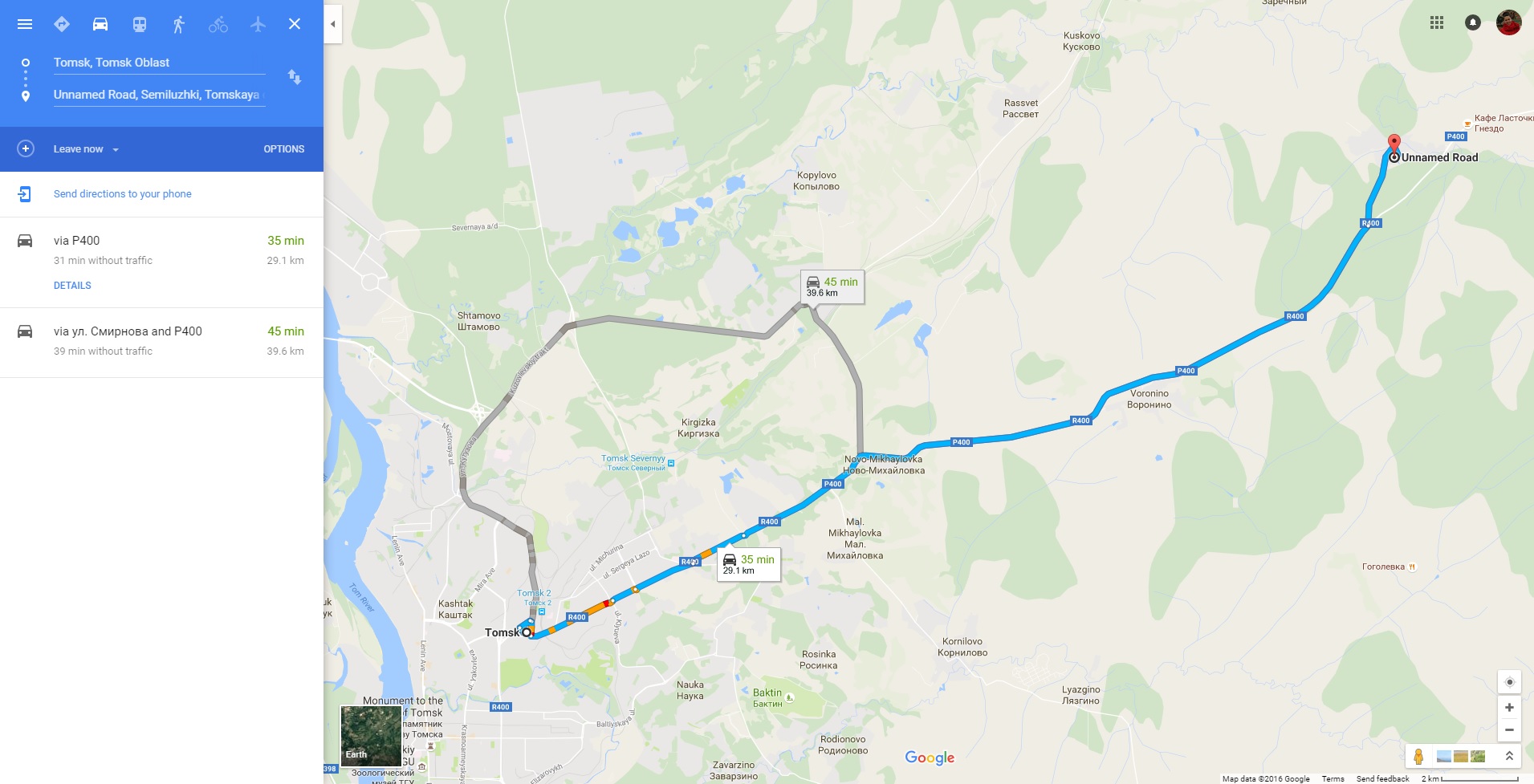Ostrog in Semiluzhki
A bit of history...
In 1609 the Cossacks established the stockaded town near the Kamenka River to defend themselves from the Kyrgyz people. In the 1800s the risk of an attack was gone and the houses of local people were built in place of the stockaded town.
Years later, people forgot the appearance of the historical building. There were some investigations to restore the image, and one hereditary Cossack decided to reconstruct the ostrog. This man was Vladimir Ilyin, who has been reconstructing the stockaded town for years by himself. Vladimir reproduced the stockaded town with watchtowers, a fortress wall, chapel, a historical Russian log hut, forge, and other buildings. Each building represents the historical architecture of the XVI-XVII centuries. For example, the houses have small windows and a low ceiling to keep the warmth inside. Additionally, there are genuine replica guns and instruments around the property for people to explore. It is marvelous that everything there is handmade, and that it was made by Vladimir himself.
"As we approached the ostrog, we were greeted with a homemade loaf of bread with a small dish of salt for dipping. It smelled of fire and cedarwood, and Vladimir stood tall and proud in traditional Cossack dress. His wife, Ludmila, milled around the group as we each broke off a piece of the delicious bread. My first impression of Semiluzhki was very representative of what we'd heard about the Cossack culture- there was an atmosphere of pride, simplicity, Orthodox religion, and military might.
Our visit to the ostrog was wonderful because we not only learned about the strong, traditional Cossack culture, but we also got to experience it. We tried our hands at blacksmithing, archery, and knife throwing, and also participated in dance and enjoyed a meal. These aspects made the visit more memorable because we connected and learned about the culture through activity."
- Lauren Porter, Peer to Peer participant
Canon shooting by Spartak
If you want to visit the Ostrog in Semiluzhki you should call Vladimir Iliyn beforehand! +7-953-920-1453
HOW TO GET TO THE OSTROG ⇒
Here you may find a video from the New York Times, which provides one American perspective on the Cossack culture. The video brings in many interesting aspects of the Cossacks, including religion, schooling/training, and current political and cultural issues.
More videos about Russian Cossacks and other traditions of other countries
More Information
GLOSSARY
Cossacks (Ukrainian: козаки́, koza'ky, Russian: казаки́, kaza'ki) are a group of predominantly East Slavic-speaking people who became known as members of democratic, self-governing, semi-military communities, predominantly located in Ukraine and in Russia.
Voivode (/ˈvɔɪˌvoʊd/) (Old Slavic, literally "war-leader" or "war-lord") is a Slavic title that originally denoted the principal commander of a military force. It is a local ruler or governor.
Korovai (Ukrainian: коровай, Polish: korowaj) or karavai (Russian: каравай) is a traditional Russian, Ukrainian Romanian and Polish bread, most often used at weddings, where it has great symbolic meaning, and has remained part of the wedding tradition. In Russian wedding traditions it is also called "bread and salt".
The pischal is a shoulder-fired matchlock firearm. It was the Long-Range weapon of Ivan the Terrible. The pischal had a smoothbore barrel and was fired from the shoulder, utilizing the matchlock mechanism. It differed from other matchlock firearms, like the arquebus, in that the flashpan was much larger, making it easier and faster to reload. Also unlike the arquebus, the pischal was equipped with a front iron sight, making it comparatively more accurate. Usually a bardiche axe was used as its stabilizing mount.
Created by Lauren Porter and Olga Lobankova
Photos and video by P2P participants
